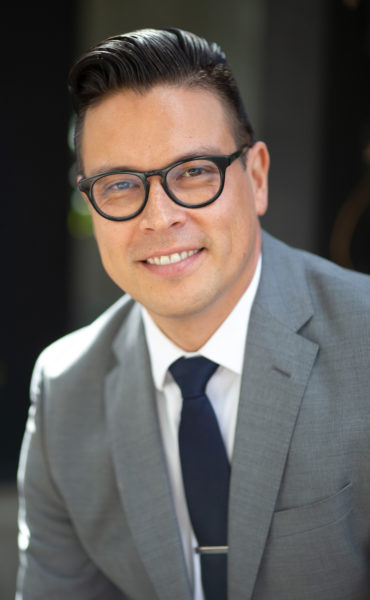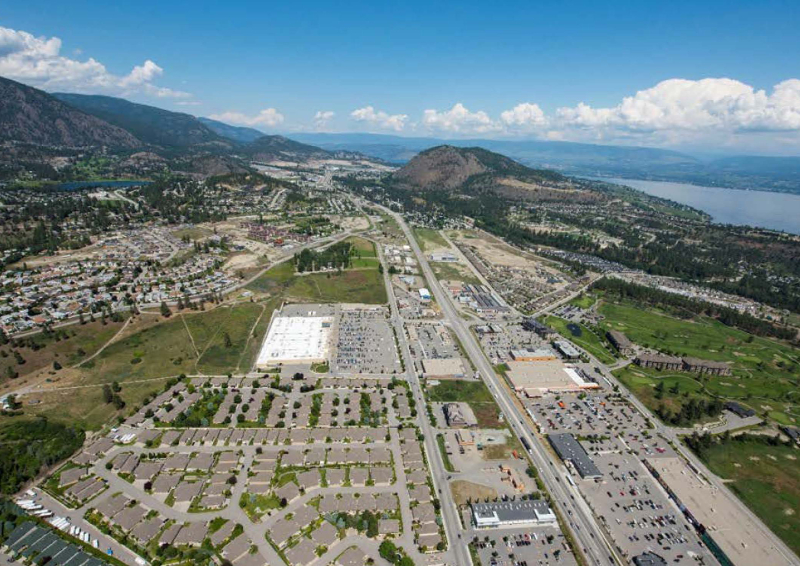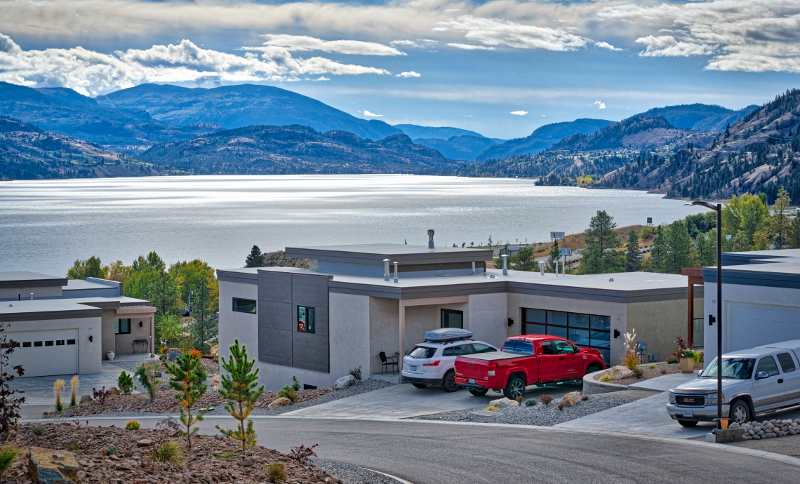After years of initiatives and deals that didn’t quite take off, it seems that real estate development partnerships with First Nations are being undertaken in all corners of B.C.–and the results today are spectacular.
By Robin Brunet
Suddenly, it seems to be in the news: Westbank Corp., Polygon, Aquilini Developments and many other B.C. companies are currently working with local First Nations groups on major real estate developments. Although no single catalyst was responsible for these recent partnerships, the consensus among partners like these is that this is the way many developments will be undertaken in the future.
The relationships are mutually beneficial. Some First Nations have billions of dollars worth of real estate, on and off reserves, but in many cases lack sufficient development resources. Non-aboriginal entities that do have those resources are entering into partnerships with First Nations, because developing the often prime land on offer frequently encounters far less red tape than is the norm.

GOOD GOVERNANCE
Fascilitating the partnerships is the powerful idea of self-governance, says Chris Derickson, chief of the Westbank First Nation (WFN). “The majority of development on WFN lands is always driven by our members.”
Prior to becoming self-governing in 2005, Westbank’s 5,340 acres of lands near Kelowna had an assessed value of less than $500,000. Today it’s worth more than $2 billion, and $604 million in building permits have been issued in the last 14 years alone (with the time between a proposal being submitted and the shovels hitting the ground typically being a relatively quick three to six months). As a result, population growth of 30 per cent on its Tsinstikeptum Indian Reserve No.9 lands on the west side of Okanagan Lake was recorded as the eighth-strongest in all of Canada by Statistics Canada.
Westbank’s past joint venture projects were the Snyatan and Okanagan Lake shopping centres, with Anthem Property Group Ltd. and Churchill International Property Corporation, respectively. At this time, according to Chief Derickson, “We’re currently looking for partners to help develop other parcels of community-held lands.”
LEASES THAT HOLD
Given the pro-development stance of so many First Nations, the opportunity to create spectacular residences is boundless. Such is the case of Skaha Hills, described as a resort-style residential community sculpted on a hillside property in Penticton. The multi-phased development was originally started as a partnership with Greyback Construction Ltd., a local builder with four generations of experience, and the Penticton Indian Band.
Curt Jansen, VP sales and marketing at Skaha Hills, says, “I first worked with the Osoyoos band on a resort development, and over the last 20 years the Osoyoos Indian Band has gone from being virtually bankrupt to one of the most respected bands in North America.”
So what changed? “Supreme Court rulings have given bands more control over their own destiny, and the evolution of the leases is another critical advantage. Instead of the buckshee leases that didn’t provide tenants with enforceable property rights, projects such as Skaha Hills now benefit from being government guaranteed, pre-paid, long-term Crown leases, which helps protect all parties,” explains Jansen.

PRO DEVELOPMENT
Barry Johnson says long-term leases are key in successful partnerships. Johnson is responsible for a dozen gated communities as well as Predator Ridge Resort, and he’s now presiding over Ariva on Westbank land, a development with a 125-year lease that is breaking ground in 2020.
Ariva is being marketed as the ultimate baby boomer community. Its 200 units will range from 1,250 to 1,760 square feet with sizeable outdoor decks. Amenities will include a two-acre urban farm, a café/bistro, wine bar and gym that spill out on a pool area.
Johnson credits Westbank and other First Nations for “creating great planning and building departments by having taken what works best in other municipalities and ditching the obstructive attitude. I’m so glad Ariva is being developed with Westbank rather than a non-aboriginal governing body: their lack of bureaucracy and eagerness to help us is refreshing.”
WORKING TOGETHER
Of course, partnerships aren’t limited to the private sector. Several years ago, the Town of Ladysmith and the Stz’uminus First Nation joined forces to develop an updated waterfront plan. The final draft was completed in 2018 and is seen as a precedent for working together in the spirit of reconciliation.
Other examples include the Lake Cowichan First Nation, which achieved self-governance in 2017, facilitating the start of a market-driven housing development for aboriginals and non-aboriginals, constructed in a waterfront area that the band plans to transform to include a variety of economic generators. Another transformation in the works is the Spirit Bay seaside village on Sc’ianew (Beecher Bay) First Nation land, where 1,500 new homes are planned along with a new town centre.
Chris Scott, past chief operating officer at Osoyoos Indian Band Development Corporation, says much must happen for partnerships between First Nations and non-aboriginals to reach their fullest potential, including improving infrastructure and educating business people on how to develop joint ventures. He says First Nations lands contain “extraordinary potential,” if basic business principals such as feasability studies, environmental analysis and engineering predesign are applied.
Scott has good advice for non-aboriginal real estate developers interested in working with First Nations. “Study the process for leasing First Nations land,” he says. “Be patient and respectful. Be transparent and honest in all discussions and know that building a trusting relationship takes time.”


